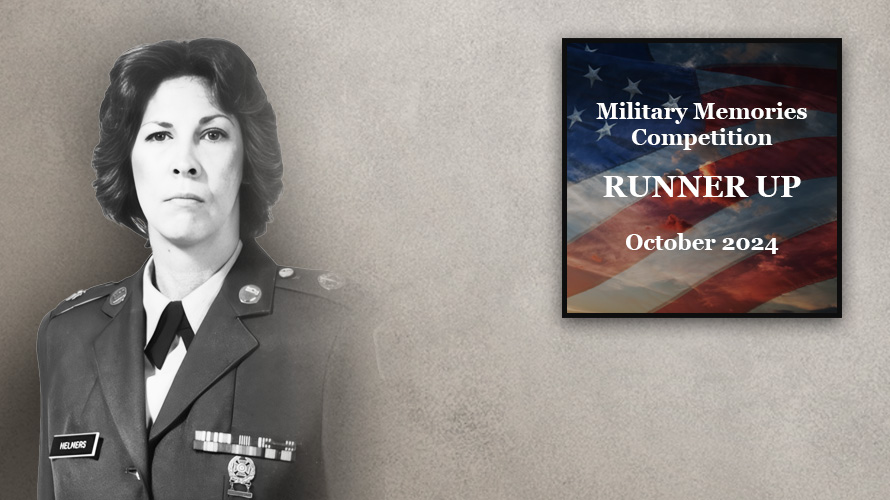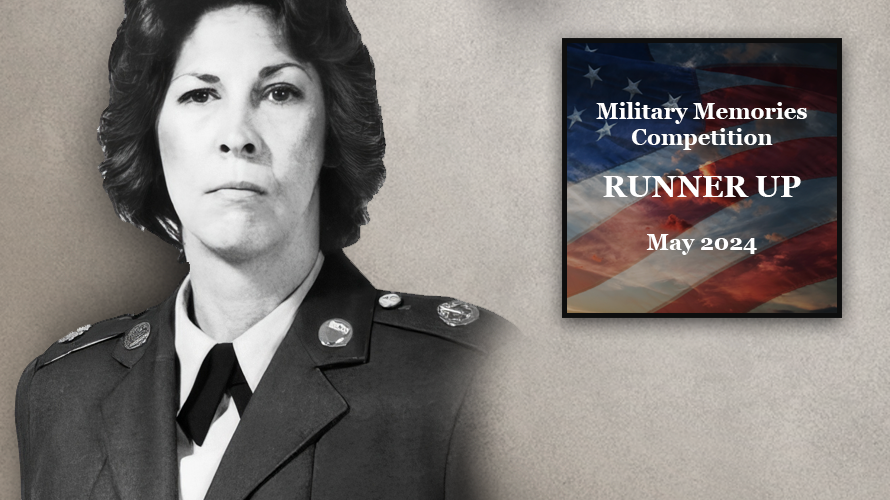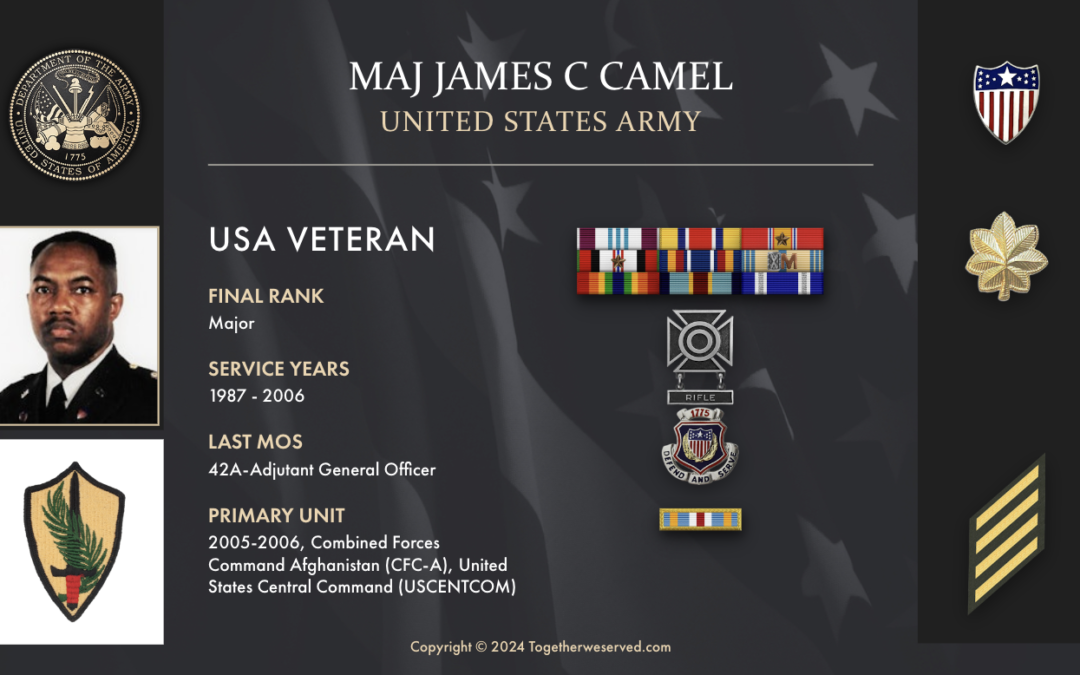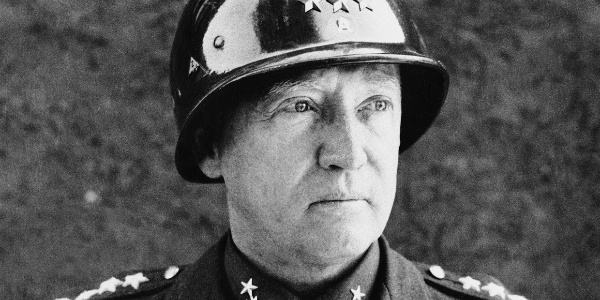We all know the Marine Corps celebrates its birthday in a big way, but that doesn't mean the other branches aren't worth celebrating. The United States Air Force was created after President Harry S. Truman signed the National Security Act of 1947. On September 18, 1947, W. Stuart Symington became Secretary of the Air Force, making September 18 the service's official birthday. In honor of its 77th birthday, let's take a look at some of the airmen who shaped the history and development of the...
The Christy Collection
Military Stories and Articles

SSG Victoria Ryan, U.S. Army (1973-1988)
What Favorite Automobile Did You Own During Your Military Service? What Special Memories Does This Bring Back For You?:
I arrived at my first duty station, Fort Dix, NY in spring 1974. My sister was a military police (MP) officer at West Point by then and engaged to be married. To alleviate becoming a two-car couple, my sister offered me her vehicle, a 1972 yellow Ford Pinto. I was ecstatic, because now I had wheels and could get around.

SSG Victoria Ryan, U.S. Army (1973-1988)
What was your favorite piece of military equipment – firearm, apparel, vehicle, aircraft, boat, etc. – and why? What was your least favorite?:
Pants suits for women soldiers. The most logical, practical, and ingenious Class A uniform that the US Army adopted in the mid-1970s.
I reenlisted for West Point, NY, and arrived in November 1976. As luck would have it, the winter of 1976-77 was one of the snowiest and coldest in recent memory for that area.
I worked in the Corp of Cadets in Washington Hall, which was located across an expansive parade ground, and adjacent to that was the general parking area for Washington Hall. The only way to reach the building was to traverse the parade ground. Enlisted women soldiers who were assigned to work there were authorized to wear black civilian knee-length boots during inclement winter weather – thankfully. Otherwise, our military-issue shoes would have been drenched and damaged, not to mention if we could have made it across without a potential injury from a fall.
The women’s Class A uniform at that time consisted of a skirt, jacket, and a short-sleeved cotton-blend white shirt. We were issued an overcoat to wear over the Class As during winter weather. But even with the outerwear, it was still a very cold trek to and from the auto to the building every day.
Imagine my overwhelming delight when news arrived that the permanent party female soldiers assigned to West Point had been designated to “test” the new pantsuits being considered optional wear.
The pants were the same shade of green as the current Class A jacket, so they could be mixed and matched. They were paired with a pale green long-sleeve knit mock-neck sweater that was machine washable and dryable. The comfort and warmth these garments provided were amazing.
All in all, over time, the Army adopted and issued the pants for all female soldiers; however, they did not permanently adopt the sweater, much to my dismay. At least the pants provided extra protection when outdoors during the winter months. The pants became my favorite uniform item, which I wore daily at my assigned post.
There was a mimeograph machine at my first assignment at Ft Dix, NJ to make offset copies of forms. You had to pour purple or black ink into the receptacle and turn the lever to move the ink around inside the unit so it would adhere to the exterior of the drum. Then you would have to place the typed form (special double-sheet paper) onto the drum – that was always tricky to do, then load the paper in a tray and manually crank the drum and rotate it so that the copies would spit out from the form on the drum – a very rudimentary process.
The greatest downside to this procedure was that if you got the ink on your clothes, they were trashed because the ink was permanent and would not come out. It was not the best way to perform an administrative task wearing a Class A summer uniform. You would, however, invariably get ink on your hands, so making a beeline to the restroom to wash was imperative. Hands down, this was one of the worst pieces of equipment utilized by the Army and my least favorite. Fortunately, copy machines came into use shortly after that. That was proven to be another cumbersome process, but a story for another time.

Service Reflections of MAJ James C Camel, U.S. Marine Corps (1987-2006)
PRESERVING A MILITARY LEGACY FOR FUTURE GENERATIONS The following Reflections represents MAJ James C Camel's legacy of his military service from 1987 to 2006. If you are a Veteran, consider preserving a record of your own military service, including your memories and photographs, on Togetherweserved.com (TWS), the leading archive of living military history. The following Service Reflections is an easy-to-complete self-interview, located on your TWS Military Service Page, which enables you to...

Gen George S. Patton, U.S. Army (1915-1945)
Patton had his first real taste of battle in 1915 when leading cavalry patrols against Poncho Villa at Fort Bliss along the Mexican border. In 1916 he was selected to aide John J. Pershing, commander of the American Expeditionary Forces in Mexico. In Mexico, Patton impressed Pershing by personally shooting Mexican leader Julio Cardenas during the Battle of Columbus. Pershing promoted Patton to captain and invited him to lead Pershing's Headquarters Troop once they left Mexico. In 1917, during...

Service Reflections of LTC Edward Shyloski, U.S. Army (1966-2003)
My father was a WWII vet who admired his country and the Army. I wanted to follow in his footsteps and have never been sorry to do so. My daughter followed mine and became a 4th Inf Division Aviation Company Commander with three sets of wings on her chest, i.e., Aviator, Jump, and Air Assault.
I attended her taking command at Fort Hood, and her 4th Inf Brigade Commander made a big deal of our heritage of serving the Army through three generations and supporting the 4th Infantry in Vietnam. My daughter’s husband, Andrew Morgado, is now becoming CoS of 8 Army 1 August 2020. We will see what our 4 grandkids do!